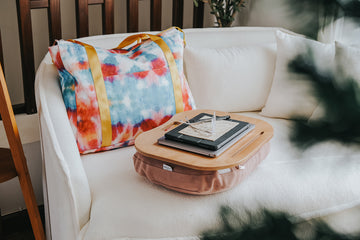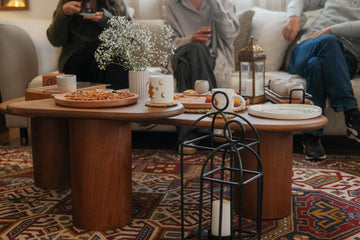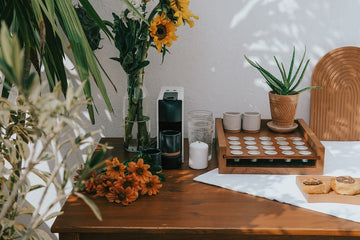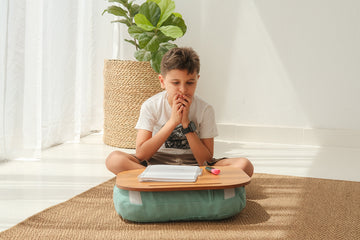Color plays an important role in our lives, impacting our emotions, moods, and even decision-making. In home decor, color can transform a space from ordinary to extraordinary. By understanding the psychology behind different colors, you can create a space that reflects your personality, promotes well-being, and evokes specific emotions.
The Impact of Color on Our Minds
- Red: Often associated with energy, passion, and excitement, red can create a stimulating atmosphere. However, it can also be overwhelming in large quantities, so use it sparingly.
- Blue: Known for its calming and relaxing effects, blue evokes feelings of peace and tranquility. It's a popular choice for bedrooms and bathrooms.
- Green: Associated with nature, growth, and harmony, green creates a sense of balance and rejuvenation. It's often used in living rooms and dining areas.
- Yellow: A cheerful and optimistic color, yellow brightens a space and boosts mood. However, too much of it can be overwhelming, so use it in moderation.
- Orange: A vibrant and energetic color, orange stimulates creativity and enthusiasm. It's a good choice for home offices or playrooms.
- Purple: Often associated with royalty and luxury, purple evokes feelings of sophistication and creativity. It's a versatile color that can be used in various rooms.
- Pink: A soft and feminine color, pink creates a calming and nurturing atmosphere. It's a popular choice for bedrooms and nurseries.
- White: A neutral color representing purity and cleanliness, white creates a sense of openness and spaciousness. It's a versatile choice for any room.
- Black: A classic and sophisticated color, black adds a touch of elegance and mystery to a space. However, use it sparingly to avoid creating a gloomy atmosphere.
Using Color to Transform Your Home
- Use bold colors to draw attention to a specific feature in your room, such as a fireplace or a piece of artwork.
- Set the mood by choosing colors that evoke the desired atmosphere for each room. For example, use calming colors like blue or green in bedrooms, and stimulating colors like red or orange in home offices.
- Avoid overwhelming a space with too many bright colors. To create balance, use a neutral color like white or beige as a base and add pops of color with accents like pillows, curtains, or artwork.
- Consider that the way light interacts with color can affect its appearance. Experiment with different lighting options to see how they impact the overall mood of the room.
By understanding the psychology of color and applying these tips, you can create a home environment that reflects your personality, promotes well-being, and inspires creativity.






